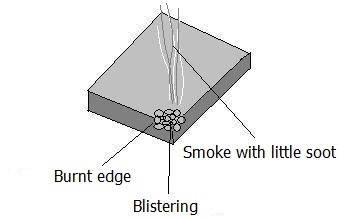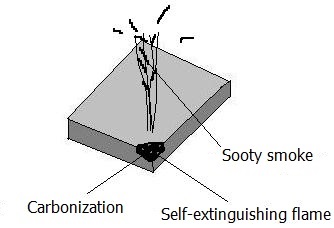How to know the difference between acrylic and polycarbonate?
This is a very common question on the day-to-day... Especially for anyone who ever needed to change a car headlight, motorcycle windshields, an awning or bathroom enclosure.
Before teaching to differentiate these two plastic physically we will see a brief summary of its features:
Acrylic – is a cheap plastic with excellent optical properties (transparency), with discoloration and loss of light transmission resistance. It is used in awnings, eyeglass lenses and low-cost housewares.
Polycarbonate – is a engineering plastic with excellent mechanical and chemical resistance, with very superior properties to acrylic. It is used in CD and DVD manufacturing, eyeglass lenses, headlights and various applications in the construction industry due to its high weather resistance, also is used as a component of vehicle armor kits.
In short, acrylic is most used in spare parts or without much added value, while the polycarbonate is used in first-line parts, which require very good mechanical and chemical properties. Consequently, products manufactured in polycarbonate are more expensive than those made of acrylic.
Identifying whether it is acrylic or polycarbonate through the code
According to standards applied in the automotive industry and electronics, the types of plastic used in each piece is identified by a code inside signs ">" and "<".
 The code ">PC<" in a motorcycle windshield identifies that is was produced with polycarbonate
The code ">PC<" in a motorcycle windshield identifies that is was produced with polycarbonate
Identifying whether it is acrylic or polycarbonate by burning
No doubt this is the easiest way to differentiate these two plastics, it's a shame that it can not be applied in all cases due to the fact of being a "destructive method".
Anyway, you will not need to burn a whole piece, only an edge. See the difference between the two plastics in burning:
 Acrylic
Acrylic
* It has no soot and charring
* The smoke has garlic odor
* Slowly burning
* Produces bubbles
 Polycarbonate
Polycarbonate
* Self-extinguishing flame
* Produces soot
* Carbonizes on burning area
* Pungent odor
Bibliography:
HARPER, Charles A.; PETRIE, Edward M. Plastics Materials and Process: A Concise Encyclopedia. Hoboken: John Wiley & Sons, Inc., 2003.
WIEBECK, Hélio; HARADA, Júlio. Plásticos de Engenharia: Tecnologia e Aplicações. São Paulo: Artliber Editora, 2005.
© 2010-2024 - Tudo sobre Plásticos.
All rights reserved.
Home
-
Privacy policy
-
Contact






